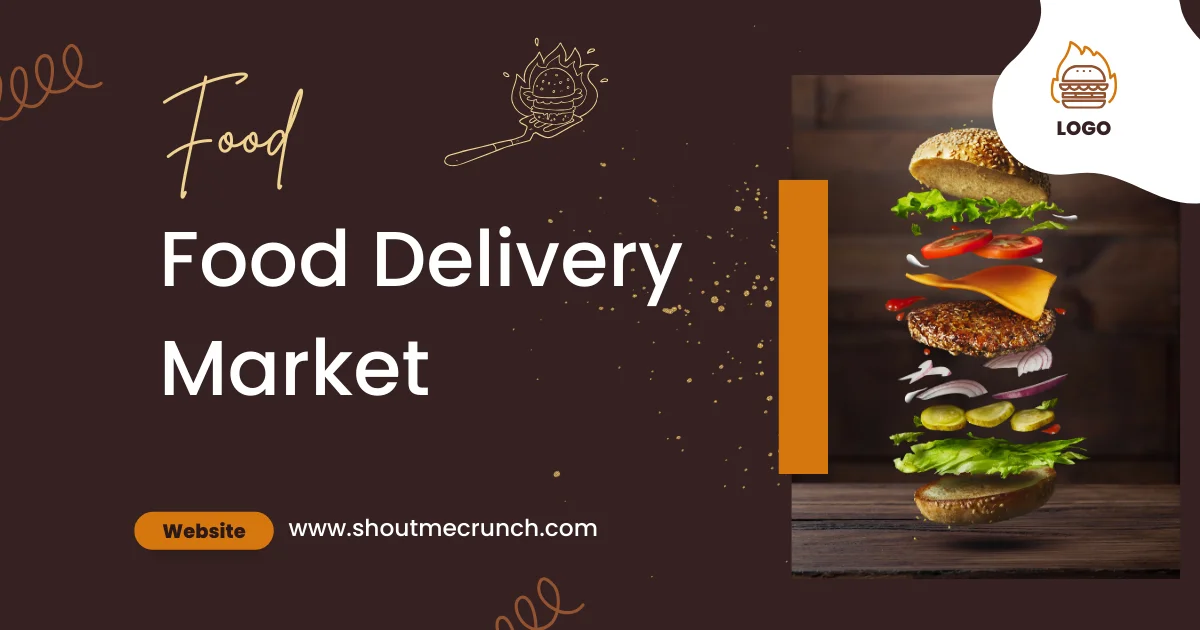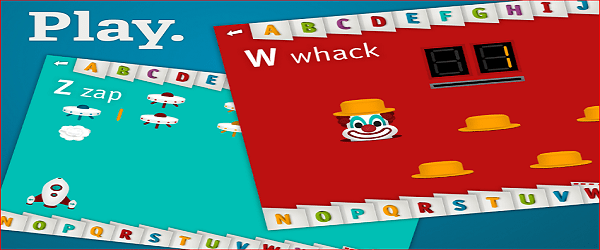To succeed in the digital era, several restaurateurs are shifting their food dine-and-delivery business to an app-based platform. At the current pace, the size of the online food delivery market sits atop a valuation of US$42 billion. With a CAGR of 10.3%, it will cross the mark of a US$102 billion valuation by 2023. Seeing the innovations outpacing traditional methods, these staggering valuations represent the rapid change in the food delivery market. Furthermore, it also demonstrates the potential of food deliveries to contribute significantly to the economy of any country.
Trends in Food Delivery
Online food delivery services are growing due to customers’ rising demand for convenience.
The On-demand Food Delivery Apps are responsible for boosting the restaurant business by highlighting their specialties to customers. It makes it easy and quick for restaurant owners to showcase their menus, resulting in a wider customer reach. Therefore, restaurants are partnering with Uber Eats, Grubhub, and DoorDash to broaden their reach.
Likewise, most of these on-demand delivery apps are responsible for shaping the experience of doorstep delivery via quick and convenient methods. Many restaurant businesses have started providing on-demand doorstep delivery services to stay ahead of the curve. Let’s understand the key trends that are shaping up the food delivery market at large. But first, you need to learn about the current food delivery market.
Food Delivery Logistics Market
Improved network connectivity and a rise in smartphone adoption allow consumers to place more food orders than usual. Besides the presence of credit/debit cards, a wallet option gives users more choices for paying for their food. Meanwhile, the logistical aspects of the food delivery industry are evolving to manage the growing volume of orders. Many emerging startups focus on streamlining this process in their business models.
Wrong order delivery, lost orders, and improper food handling, among others, are some of the issues many regular consumers face. If not done correctly, it could lead to severe consequences, eventually affecting the branding of the restaurant as well as the delivery app provider. Smartly distributing food on various platforms has been a robust pillar of this movement. Moreover, restaurant commission rates have remained a key revenue source since the start.

Key Food Delivery Market Trends
The global population is going through rigorous work schedules and changing lifestyles. Delivering fresh food using mobile apps is changing the food delivery industry incredibly.
The contribution of big data analytics and AI in the online food delivery industry is driving new elements of surprise. So far, they can cut down on operational expenses, expanding the rise of platform-to-consumer models.
Platform-To-Consumer Food Delivery Segment
Unlike the traditional restaurant-to-consumer food delivery segment, directing deliveries via platforms has been a crucial part of the business.
With 70% of the shares responsible for this segment in 2022, it is an ecosystem for new startups to thrive. Platform-to-consumer is also primarily responsible for the change in food order submission. Many mobile apps surrounding this segment have mainly been developed to cater to the consumer until the very last minute.
Moreover, integrating different payment gateways offers flexible cashless transactions, encouraging the consumer to order from the app. Restaurants have been on the same road, with new ones investing in quality, on-time deliveries rather than dine-in services. The trend is expected to continue as digital food innovation gains popularity.
Cloud Kitchens
In 2020, 51% of restaurateurs shifted their businesses to cloud kitchens. Cloud kitchens are more inclined to experiment with varied culinary concepts than typical restaurants.
These concepts require minimal upfront investment across multiple locations and have an easy expansion process. Since cloud kitchens serve various cuisines from one place, it becomes easier for the customers to satisfy their taste buds by having different cuisines.
Moreover, the efficient logistics and fair delivery charges with multiple offers on the On-demand Food Delivery Apps make it more convenient for the customer to order food online. As a result, several established restaurant chains are aggressively investing in cloud kitchens.
Food Preferences
There are no balanced diets in this modern era of food consumption. Instant deliveries have influenced a diverse palate’s consumption patterns and food habits. Instead, higher-fat foods, ready-made processed foods, and more caloric foods are rising. This is because today’s internet-savvy generation wants ready-made food delivered to their doorstep.
However, health has always been a primary concern in the food industry. As much as the variety of food options is expanding, the rewards and the discounts have been the center of attraction for today’s fast-paced consumers.

Furthermore, ‘best sellers,’ ‘most reviewed,’ and ‘top discounts’ precede the buying process, luring consumers to spend more. It includes the following categories of foods being delivered to the doorstep.
- Home food delivery
- Fast food delivery
- Vegan food delivery
- Healthy food delivery
- Gluten-free food delivery
- Local food delivery
The list is long and includes all kinds of nutritious and balanced food items to complement each different type of consumer segment.
Demographics of the Average Customer
As mentioned earlier, flexibility in making payments and heavy discounts easily influence customers’ buying patterns.
In general, the percentage breakdown of an average customer, in turn, provides more closure to the rising popularity of the current food delivery market. Millennials account for more than 75% of the user base in the food delivery market. They spend most of their earnings on delivery platforms catering to their demands.
In online food ordering and delivery businesses, this fact alone makes them the most important demographic. Their fast-paced lifestyle restricts them from spending more time making good meals. Instead, they are drawn to platforms that blast massive discounts and boast various options.
Food Delivery Market Startups
Food delivery businesses have gotten a major revamp, and now they are emerging in many shapes and forms. Some start with partnerships with drivers where everything is kept in-house, while others are with restaurants by launching their apps.
As discussed earlier, third-party apps are seeing the light of day for innovations in the platform-to-consumer model. They are usually hard to build and execute but have tremendous potential.
With over 800 rounds of venture capital funding, they have raised a combined total of US$15 billion since the start. Some prominent startups include Uber Eats, Postmates, and Doordash.
All these startups have a dedicated app publicly launched with features consistently added over time. Their main share of success is data analysis, which forms almost 90% of the business growth.
Hence, AI, automation, and other digital transformations can revolutionize the customer and driver-facing app. Their job is to find new trends through data.
In return, the mobile app platform would be more efficient, compelling customers to avail massive benefits.

Demand for Food Delivery Market
The reliance on food delivery is on the growth path and attracts private investors in developing markets. Due to the success they have garnered so far with such rapid progression, people want the same in other regions. In other words, the phase after the launch of the app platform is relatively easy to control with swift changes. It is the development part that is quite tricky. No one wants to spend excessive money on developing an already-made platform. Instead, people buy clones of these food delivery platforms to launch their businesses in new regions quickly. On average, getting a new app with similar features takes only 1-2 weeks.
The Cloning Process for Food Delivery
You don’t need to hire developers when opting for a clone. This saves you an outrageous amount of cash, which can later be invested in intelligent marketing campaigns. All you have to do is contact an experienced white-label firm that has been in this business for a decade. Test the ready-made UberEats clone demos and determine the project’s overall cost.
Everything is transparent, and your peace of mind about customization will be a priority from the start.
Conclusion
Food, like traveling, is a market that has evolved into a much bigger version of itself over the past couple of years. Further, it will witness significant innovations due to its promise for further expansion. Coupled with the rise of clone apps, the market has seen new methods to develop a super app with all features bundled into one. Above all, the demand for food delivery market-related convenience is here to stay.


